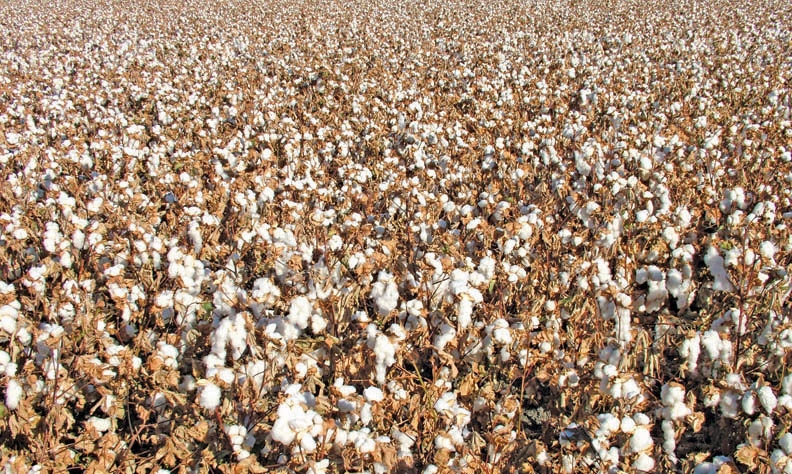August 20, 2012

The cotton high price party has long been over, but the hangover lingers on.
And the cotton industry could continue to suffer from the impact of mills failing to fully honor their contracts, according to Kevin McDermott, vice president/senior manager for cotton merchant Jess Smith and Sons, Bakersfield, Calif.
Following the high prices in the last two years, growers worldwide expanded production while mills concerned about economic uncertainty became reluctant buyers. McDermott says cotton-buying textile mills are “not anxious to extend coverage very far.” As a result, world stocks are now forecast by USDA to reach a record level of 74 million bales worldwide.
China has seen the largest jump in stocks, with large purchases made for the government reserves, in order to support internal grower prices. Questions remain for the upcoming season about how much more China will buy for their reserves and whether any of these reserves will be available to the market.
As the market wonders how long the hangover will linger, fortunately, California is looking at a record crop that has not cost an arm and a leg to produce.
Elsewhere in the world there are some concerns about crop prospects with both Texas and India facing drought issues. For India it is “significant,” says McDermott, and that could have an impact on the burdensome world supply.
Compounding the big carryover, world consumption continues to falter. Some of this has to do with mills struggling with past record high-priced raw cotton purchases. Prices over the past two years created tremendous economic pressure on mills to the point that it has been difficult for them.
“There are a lot of sanctity of contract issues still unresolved,” McDermott said. “From last March until now, the sale of 6 million bales of U.S. cotton has been cancelled. That is 40 percent of last year’s crop.”
There are a record number of arbitrations now under way and mills and shippers are trying to mitigate the financial crisis. Terms are being extended and cotton scheduled to be shipped last spring is now re-scheduled to leave the U.S. ports later this fall.
While California growers may be smiling at the prospect of a good, inexpensive 2012 crop, it will take a lot of upside to bolster cotton acreage for 2013. McDermott says California growers are already looking at the current lower prices as they start to focus on cotton for 2013.
(For more, see: SJV cotton crop cutting out with heavy boll load)
Pima represents more than half of the California cotton acreage, and ELS is struggling with a 268,000 bale carryover Aug. 1, the second largest behind the 305,000 bale 2009 carryover.
Pima demand
Fortunately, there has been a slight pickup in Pima demand. “It is not robust, but U.S. Pima is selling every week,” McDermott says. A recent 2 cents per pound increase in price quote for the landed price of Pima was the first increase since a year ago, reports McDermott.
“Over the last month or so, Egyptian prices have risen sharply to where they are about 22 cents over the Pima price,” he says.
McDermott believes that many of those Pima bales in the carryover will be sold by harvest time this fall.
Cotton right now is less attractive for 2013 than other crops like corn and cereal grains. However, growers are coming off a good yielding year and cottonseed prices are still strong. That may spare cotton from another dramatic acreage drop in the state. McDermott likes to remind California growers that often the best time to plant cotton is “when no one else is.”
About the Author(s)
You May Also Like






